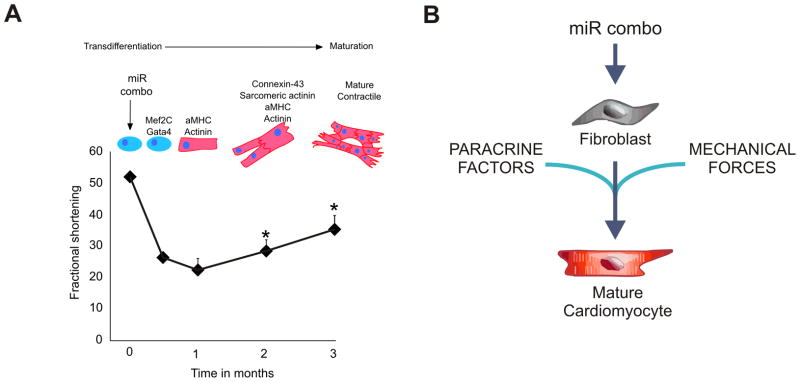Figure 1. Schematic describing the hypothesis that the time-delayed improvements in cardiac function are dependent upon the maturation of reprogrammed cells.

(A)The cardiac function data (fractional shortening) vs time are derived from Jayawardena et al. 11. The upper panel depicting the progression of transdifferentiation (with specific cardiac gene expression) to maturation is based partly on data11 and partly on hypothesis.
(B) The putative factors influencing cardiomyocyte maturation in vivo: paracrine factors released by other cardiac cells, the composition of the ECM, mechanical forces and/or cell:cell communication.
